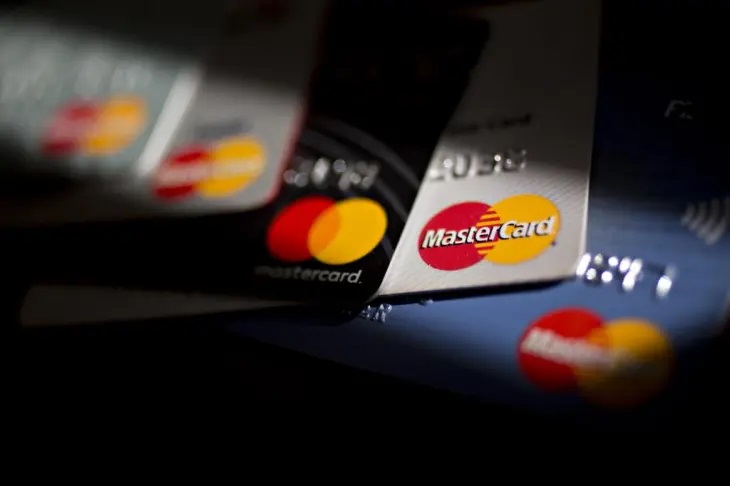
Mastercard has partnered with MoonPay to launch stablecoin payment cards, enabling users to spend cryptocurrencies like USDC, USDT, and DAI at over 150 million merchants worldwide. The service converts stablecoins to fiat at the point of sale, powered by MoonPay’s Iron infrastructure. This expands Mastercard’s crypto push, competing with Visa, despite regulatory uncertainties. The rollout follows Mastercard’s earlier stablecoin payment capabilities announced in April 2025, involving partners like Circle, Nuvei, and Paxos for merchant settlements.
By enabling stablecoin payments at 150 million merchants, Mastercard bridges cryptocurrencies to everyday transactions, potentially accelerating adoption among consumers and businesses. Stablecoin cards could provide access to digital payments for unbanked or underbanked populations, especially in regions with unstable currencies, as stablecoins are pegged to assets like the USD.
Real-time conversion of stablecoins to fiat at the point of sale reduces merchants’ exposure to crypto volatility, making acceptance seamless without requiring them to hold crypto. Mastercard’s move strengthens its position against Visa and fintech competitors like PayPal, positioning it as a leader in crypto payment infrastructure. Partnerships with MoonPay, Circle, and others leverage stablecoins’ borderless nature, enabling low-cost, fast cross-border transactions compared to traditional remittance systems.
Register for Tekedia Mini-MBA edition 19 (Feb 9 – May 2, 2026): big discounts for early bird.
Tekedia AI in Business Masterclass opens registrations.
Join Tekedia Capital Syndicate and co-invest in great global startups.
Register for Tekedia AI Lab: From Technical Design to Deployment (next edition begins Jan 24 2026).
Stablecoins face scrutiny globally (e.g., U.S. SEC and EU MiCA regulations). Evolving rules could impose restrictions, KYC/AML requirements, or bans, impacting scalability. Stablecoins like USDC and USDT are issued by centralized entities (Circle, Tether), raising risks of mismanagement, reserve transparency issues, or government intervention. Crypto wallets and conversion systems are targets for hacks or fraud, and any breach could undermine trust in Mastercard’s system.
While stablecoins are pegged, broader crypto market fluctuations could affect consumer confidence or the ecosystem supporting these cards. Merchants and consumers may hesitate due to lack of crypto literacy, tax complexities, or preference for traditional payment methods.
Mastercard’s stablecoin cards highlight a growing divide in the financial ecosystem, with implications across economic, technological, and social dimensions. Banks and card networks like Mastercard are integrating crypto to stay relevant, but their centralized control contrasts with crypto’s decentralized ethos. This creates tension between TradFi’s regulated, fiat-based systems and crypto’s push for financial sovereignty.
Decentralized finance (DeFi) advocates may view Mastercard’s cards as a compromise, tying crypto to centralized intermediaries rather than fully decentralized systems like Bitcoin or Ethereum-based payments. In wealthier nations, stablecoin cards may be a convenience for tech-savvy users or crypto investors, but traditional cards already dominate, limiting impact.
In regions with high inflation (e.g., parts of Africa, Latin America), stablecoins could become a store of value and payment tool, but access to crypto on-ramps and regulatory hurdles may exclude low-income users, widening the digital-financial gap. Places like Singapore or Switzerland may embrace stablecoin cards, fostering innovation. For example, MoonPay’s global reach aligns with such markets.
Countries like China or India, with strict crypto bans or taxes, may restrict or heavily regulate these cards, creating a patchwork of adoption and access. Early adopters comfortable with crypto wallets will benefit, but mainstream consumers may avoid the learning curve or distrust crypto’s stability, slowing adoption.
Crypto holders (often younger, wealthier, or tech-oriented) gain spending flexibility, while those without crypto access remain tied to fiat systems, potentially exacerbating inequality. Mastercard’s aggressive crypto push (e.g., MoonPay, Paxos partnerships) pressures Visa, which has its own stablecoin pilots. This rivalry could accelerate innovation but also fragment standards. Fintechs like MoonPay gain from Mastercard’s infrastructure, but Big Tech (e.g., Apple Pay, Google) may counter with their own crypto integrations, intensifying competition.
Mastercard’s stablecoin cards are a bold step toward merging crypto with traditional payments, promising greater financial inclusion and merchant reach. However, they deepen divides between centralized and decentralized finance, developed and emerging markets, and crypto-savvy and traditional users. Regulatory clarity and consumer education will be critical to bridging these gaps and realizing the cards’ full potential.



